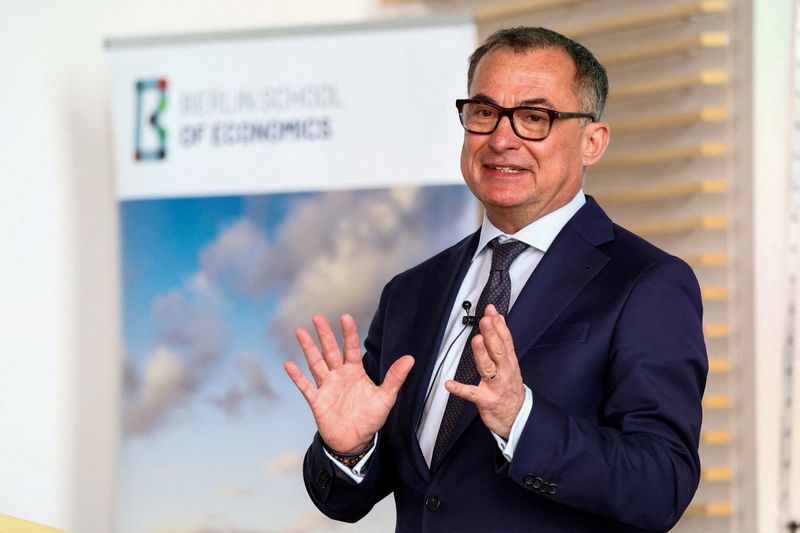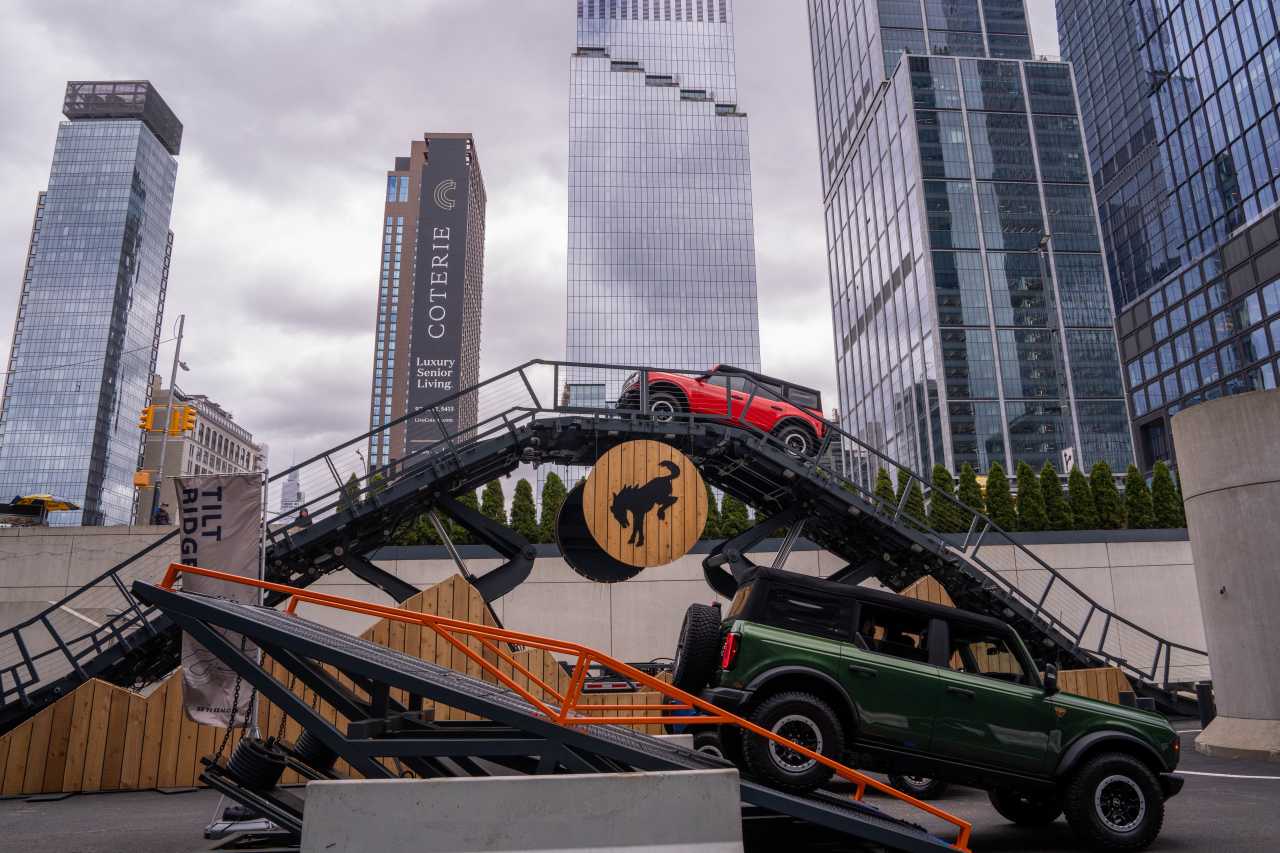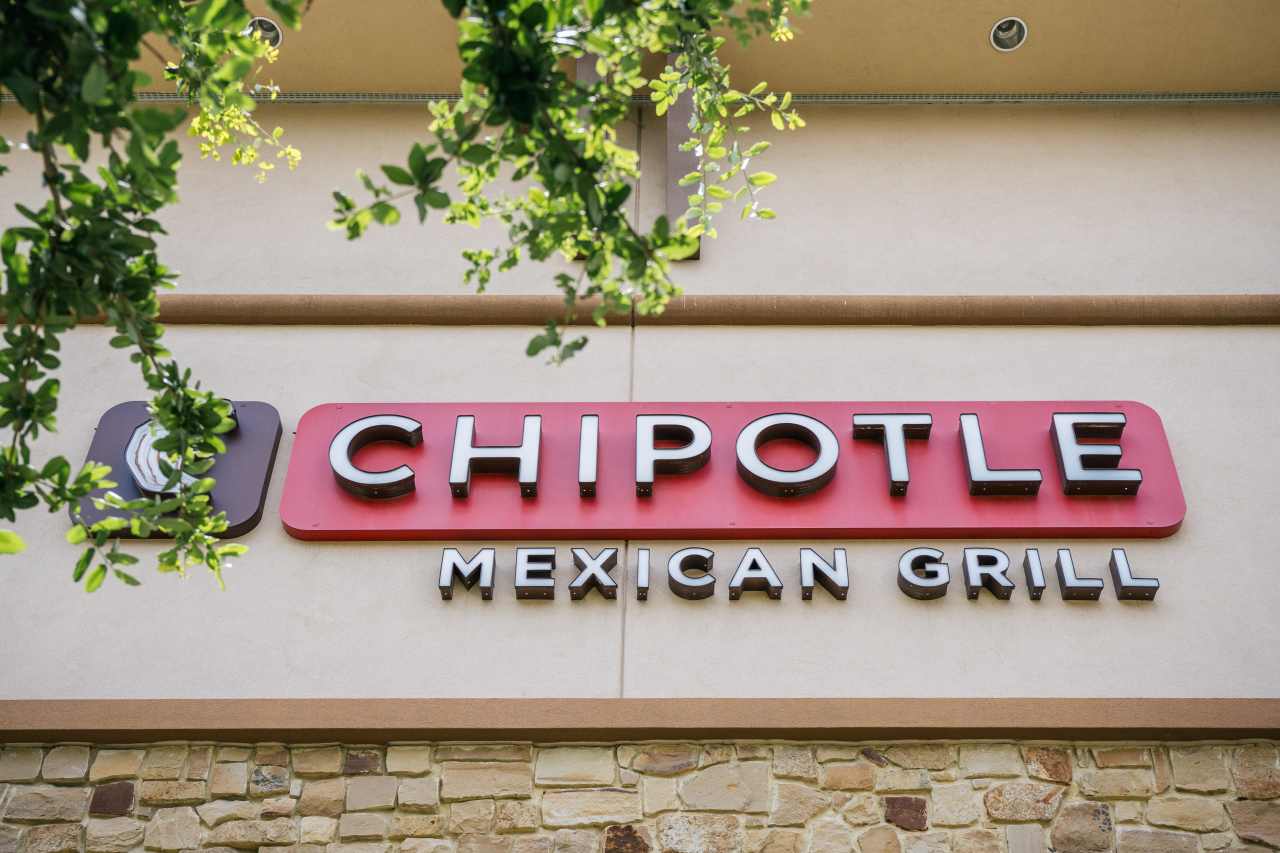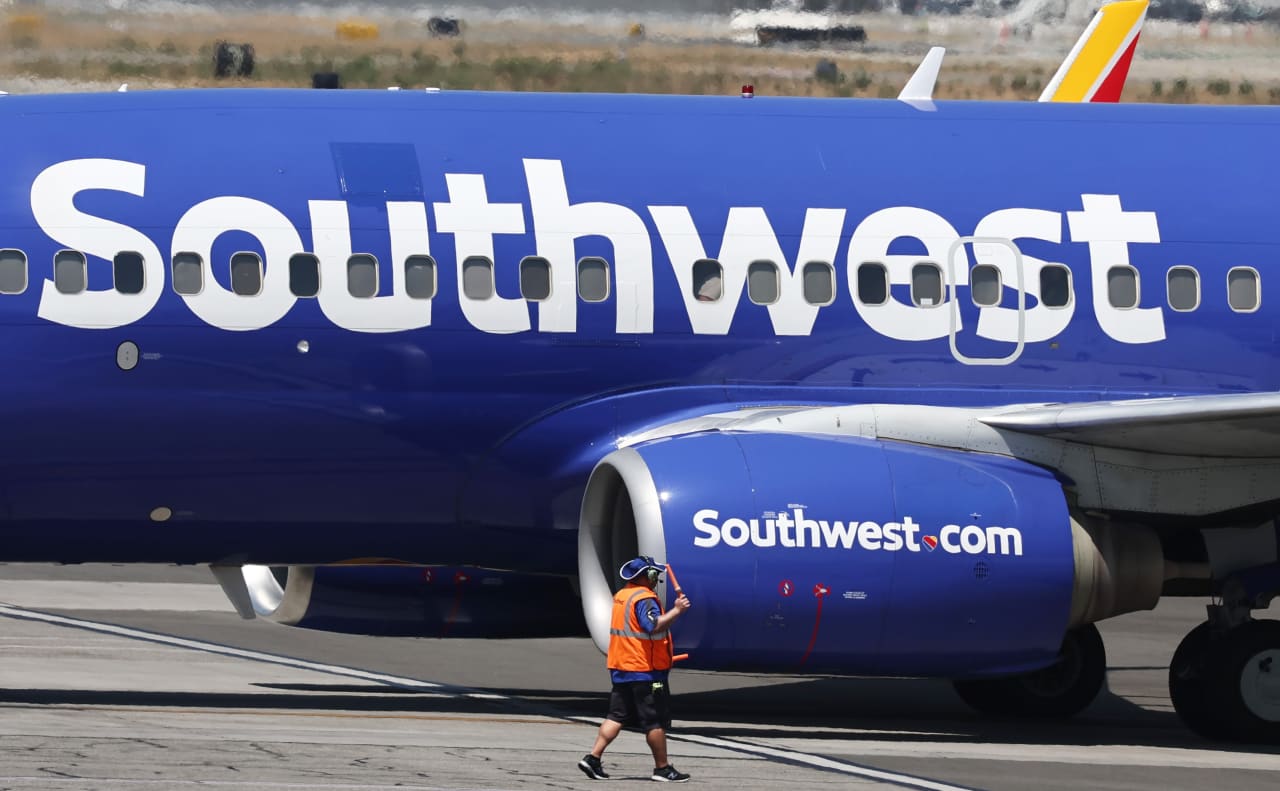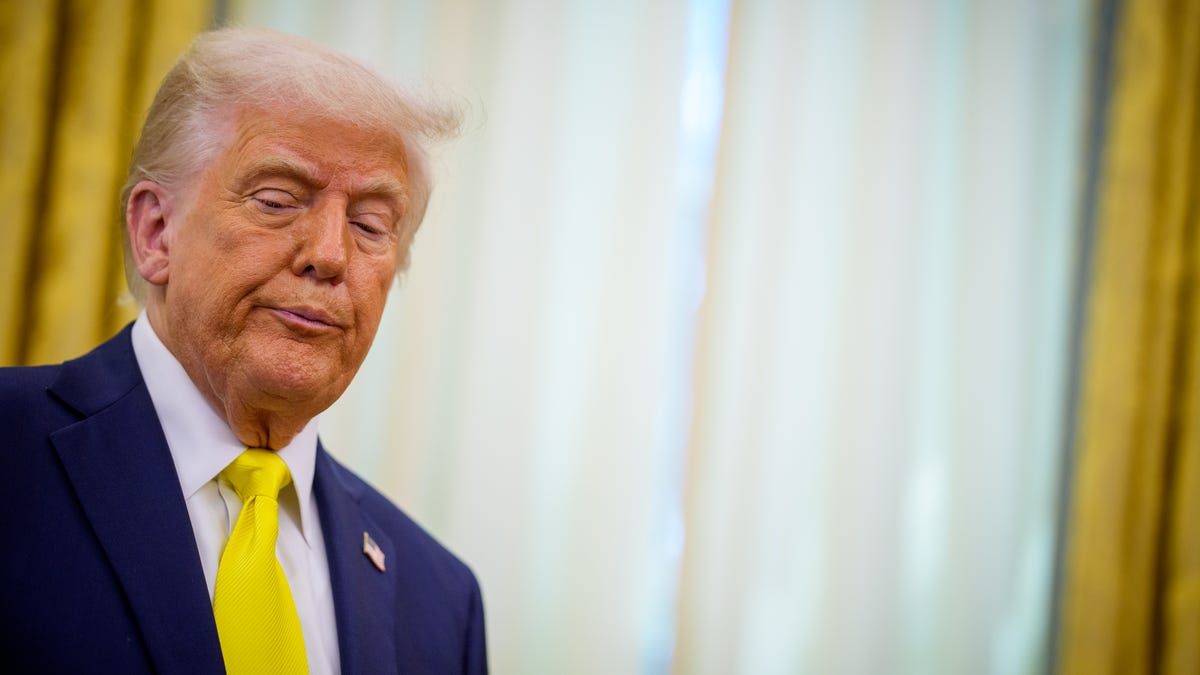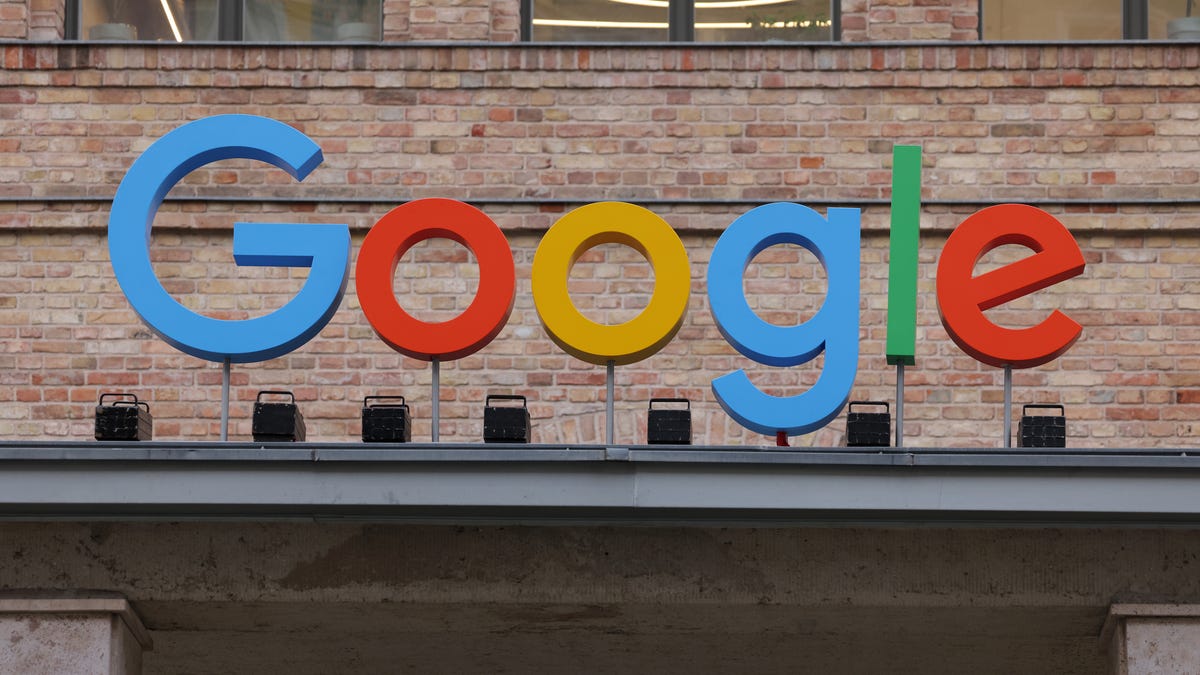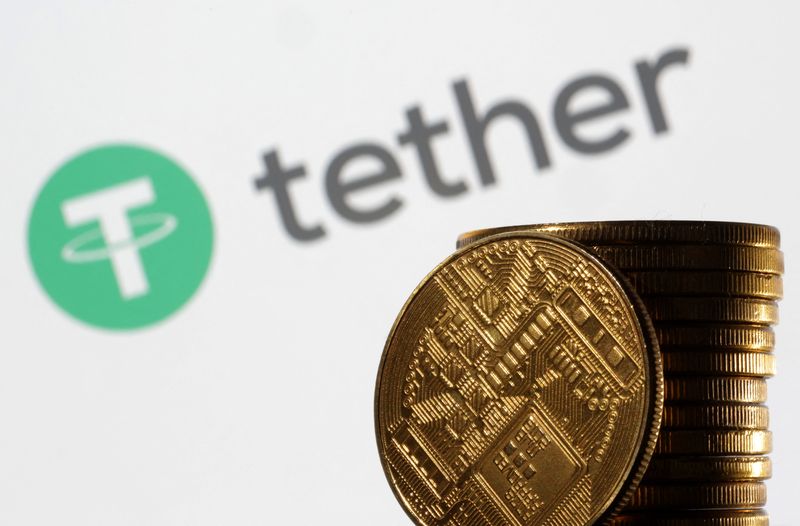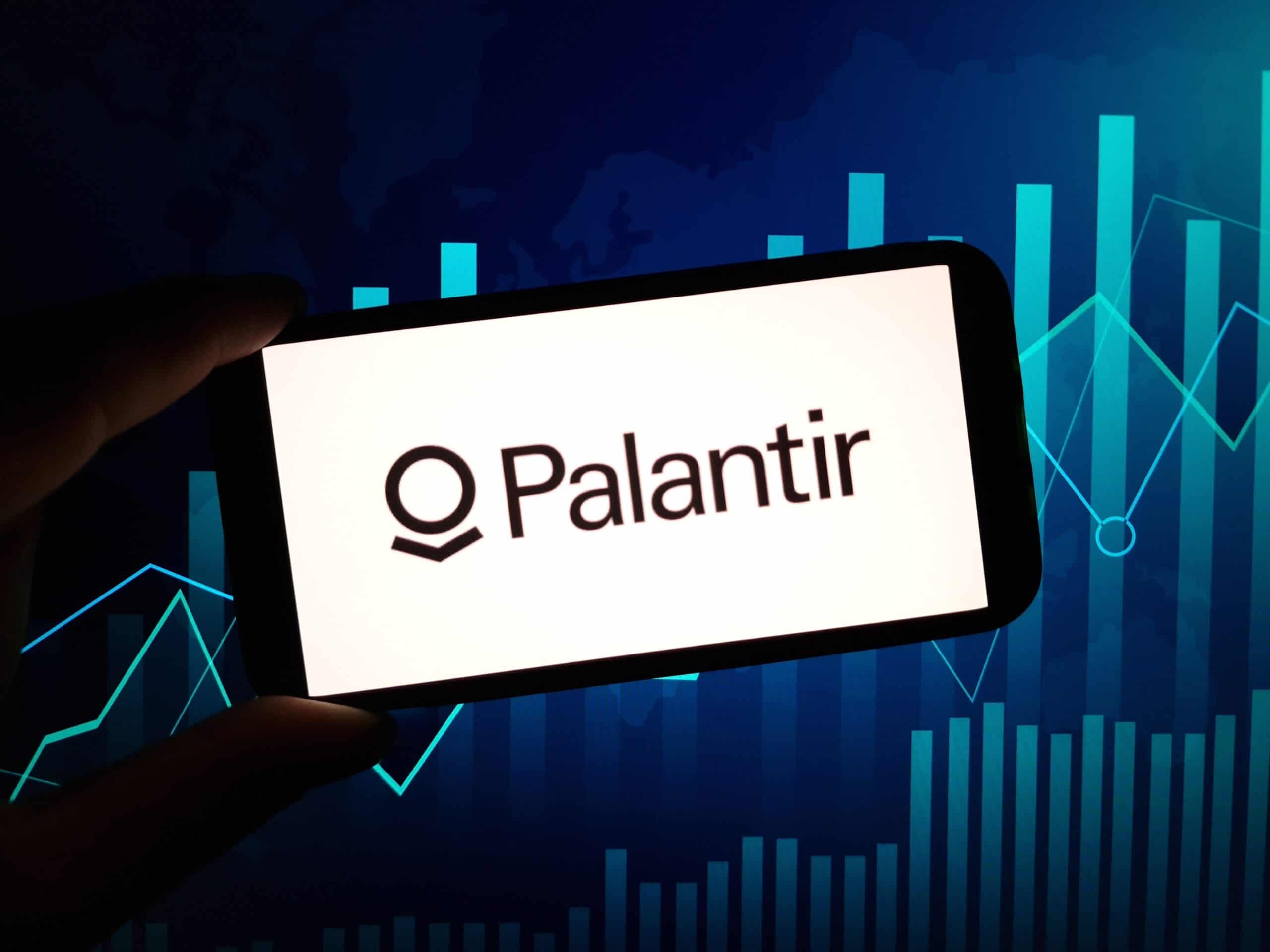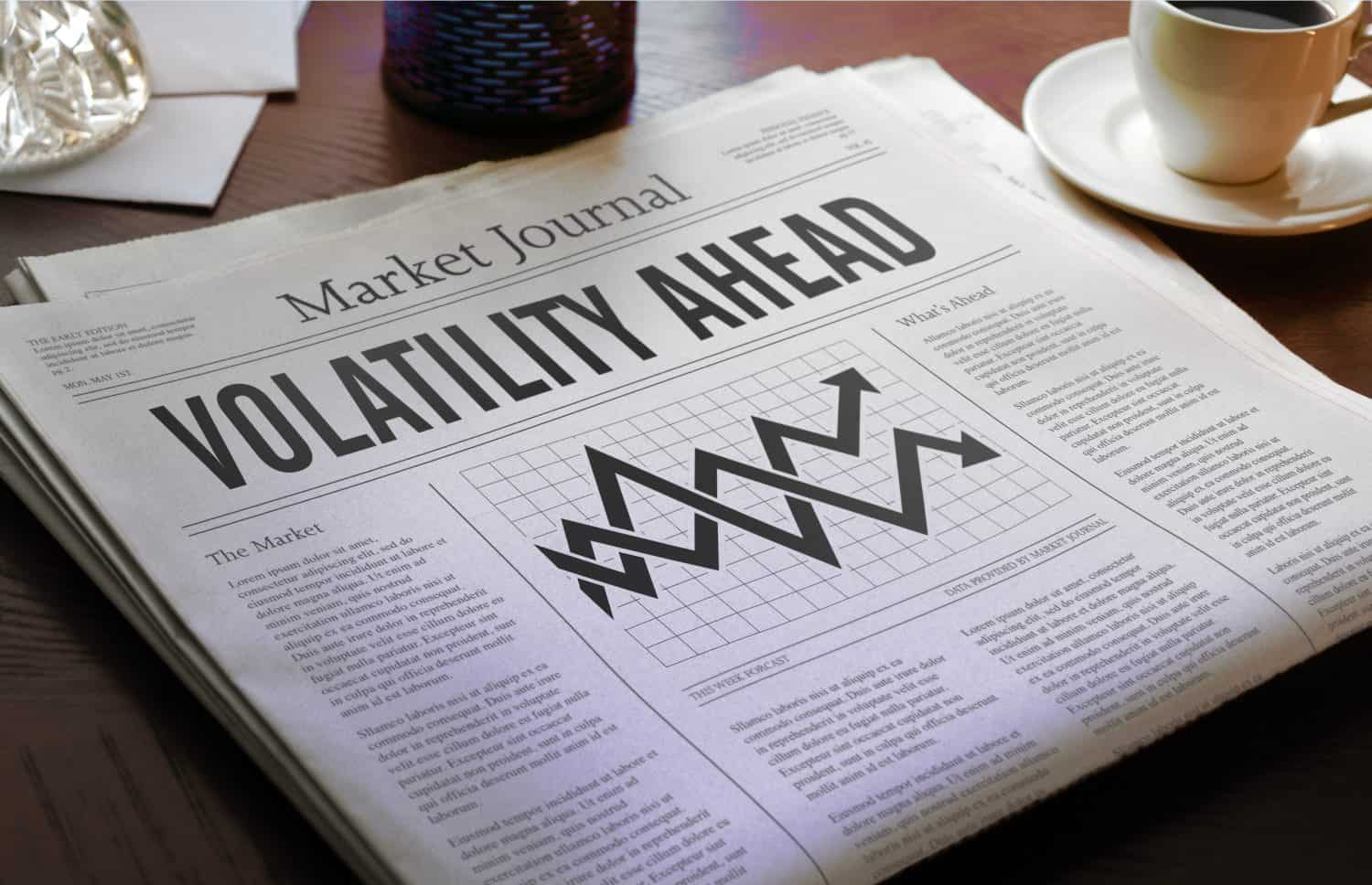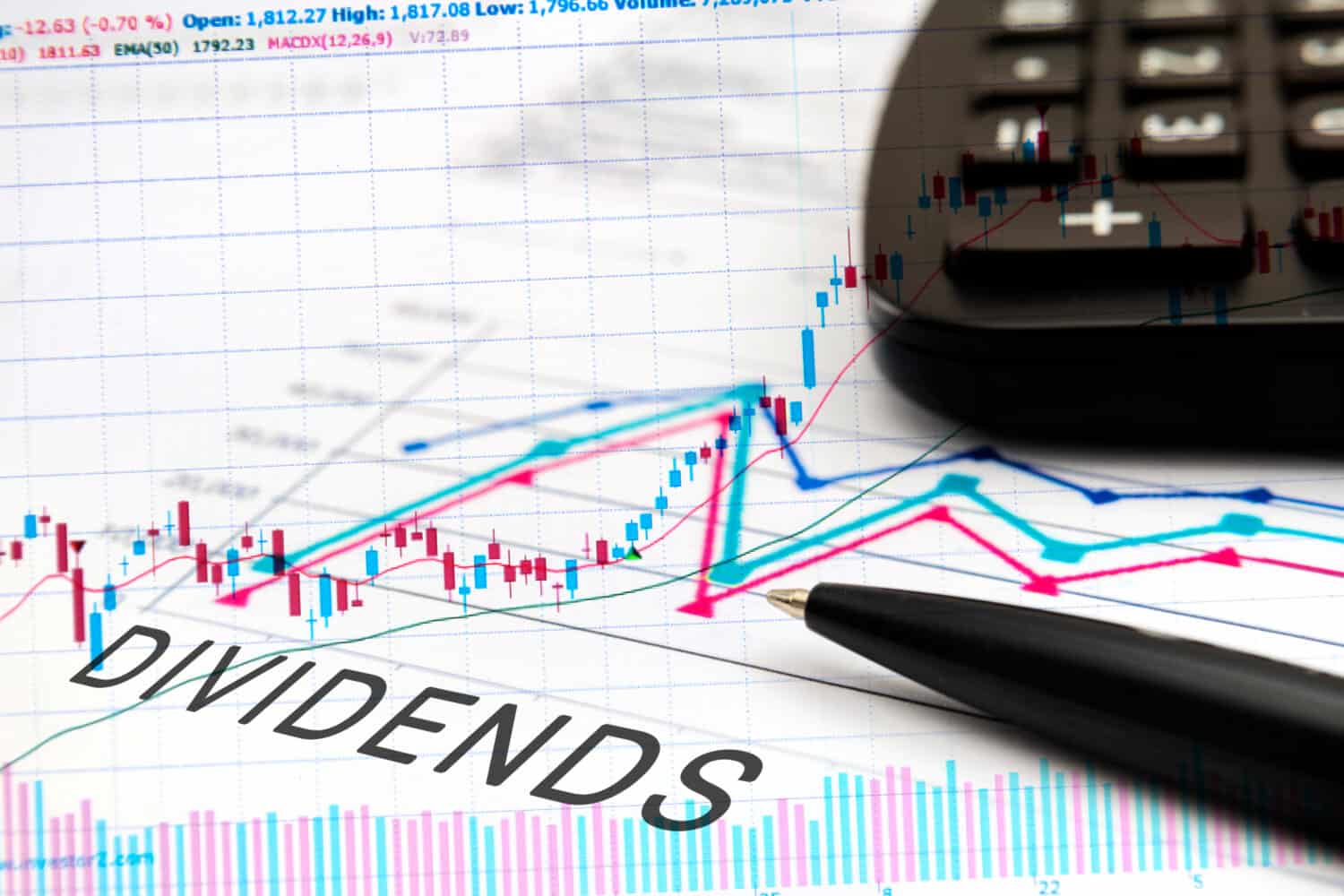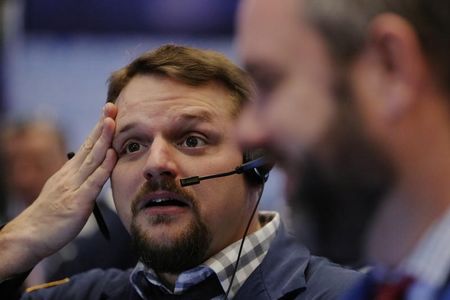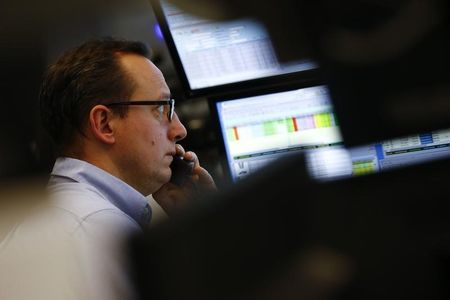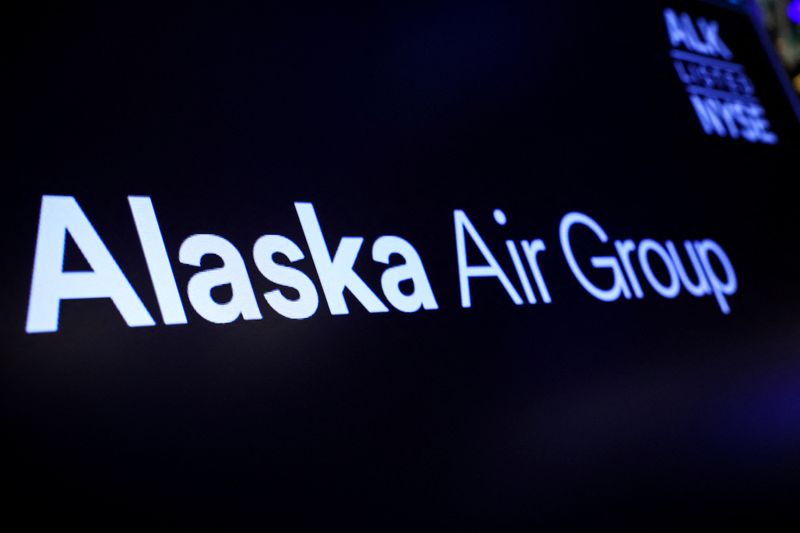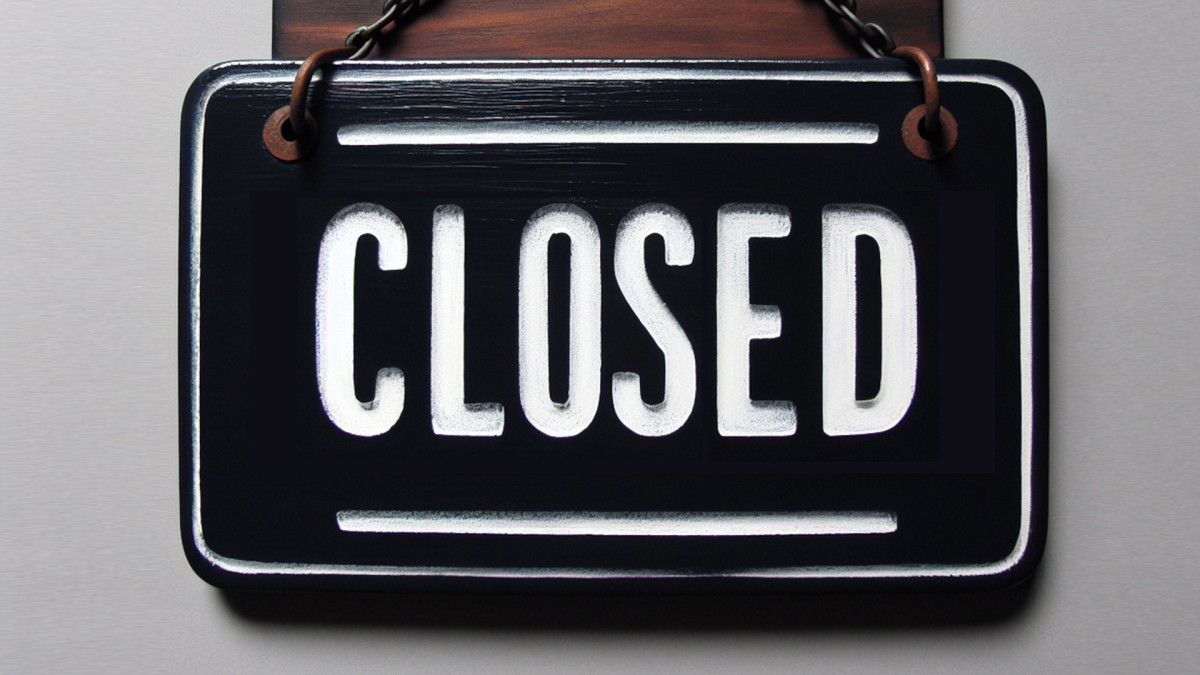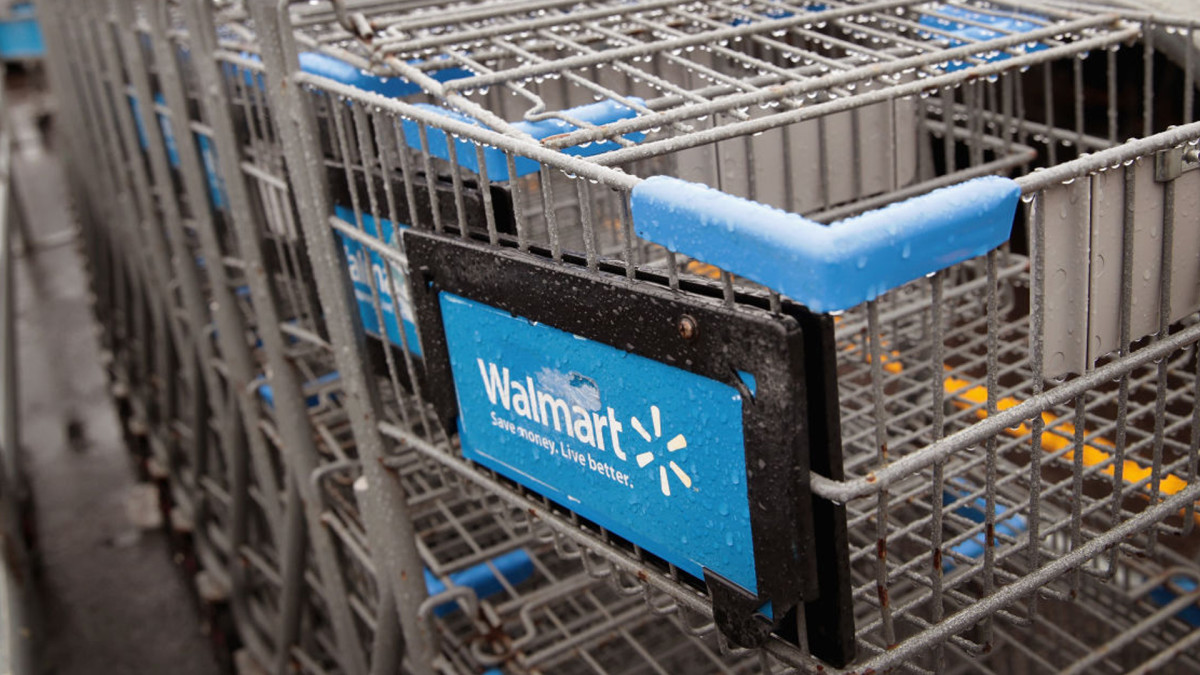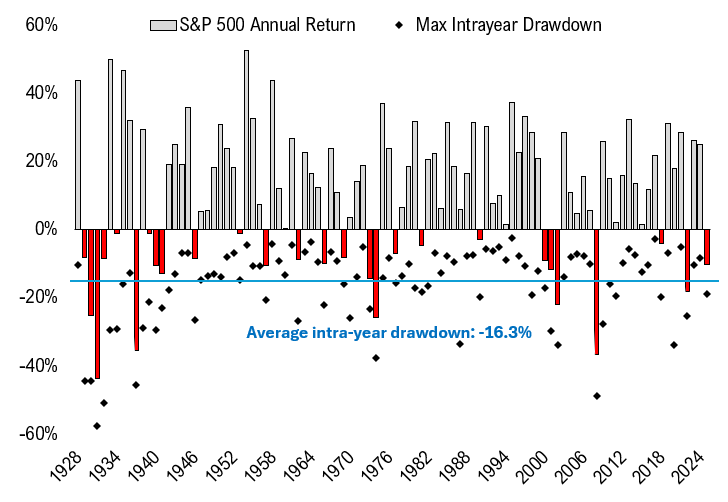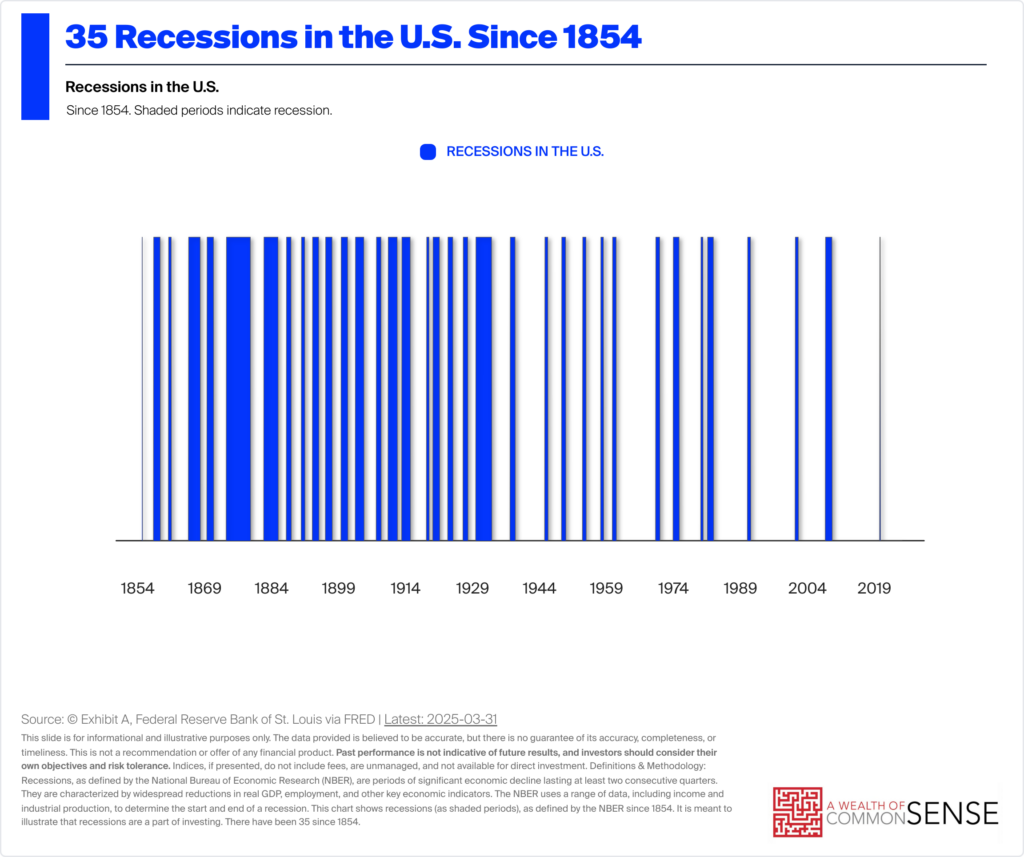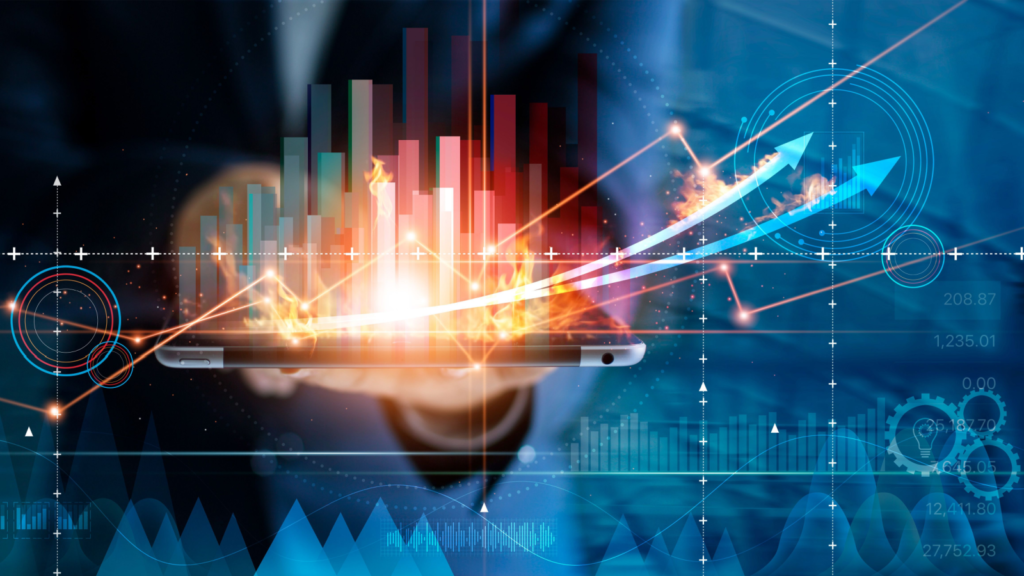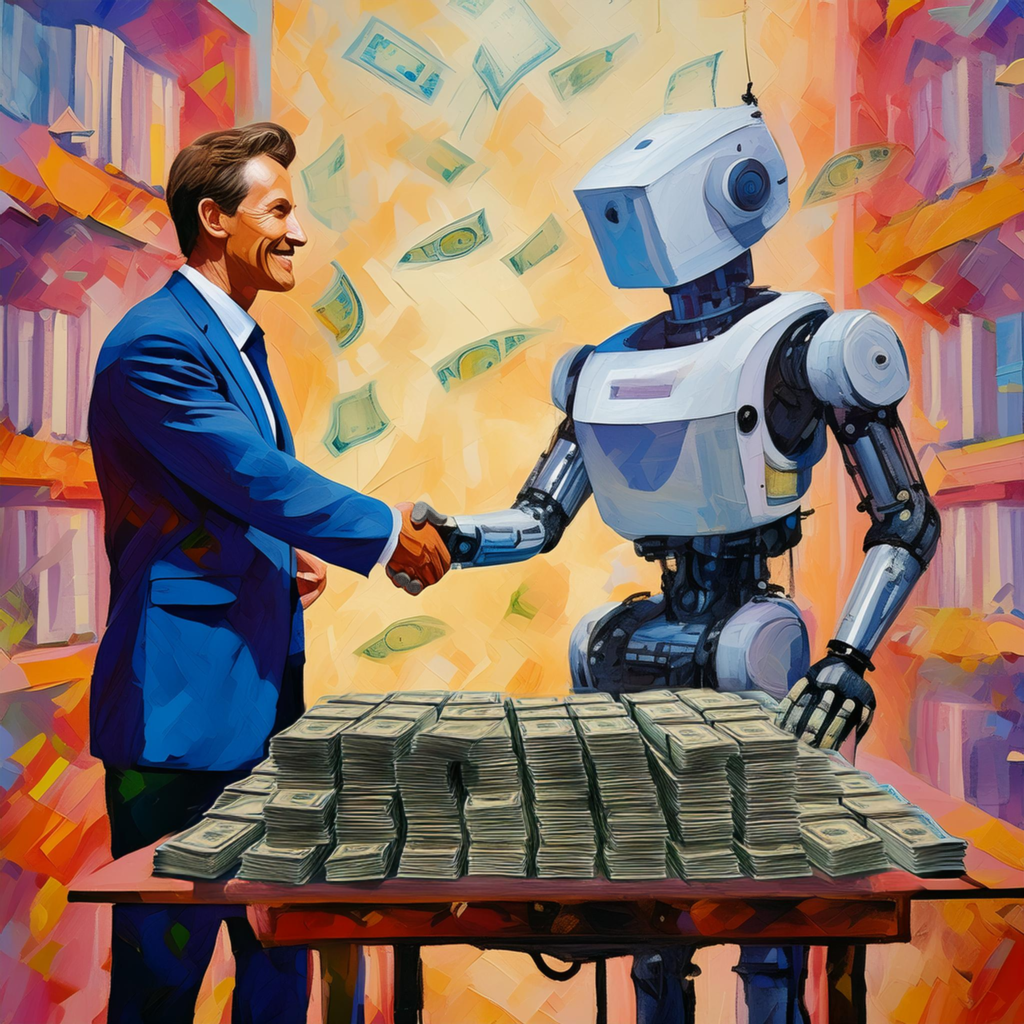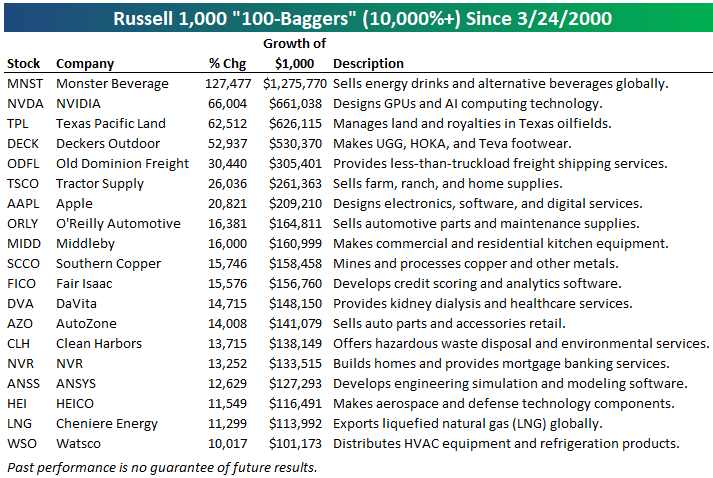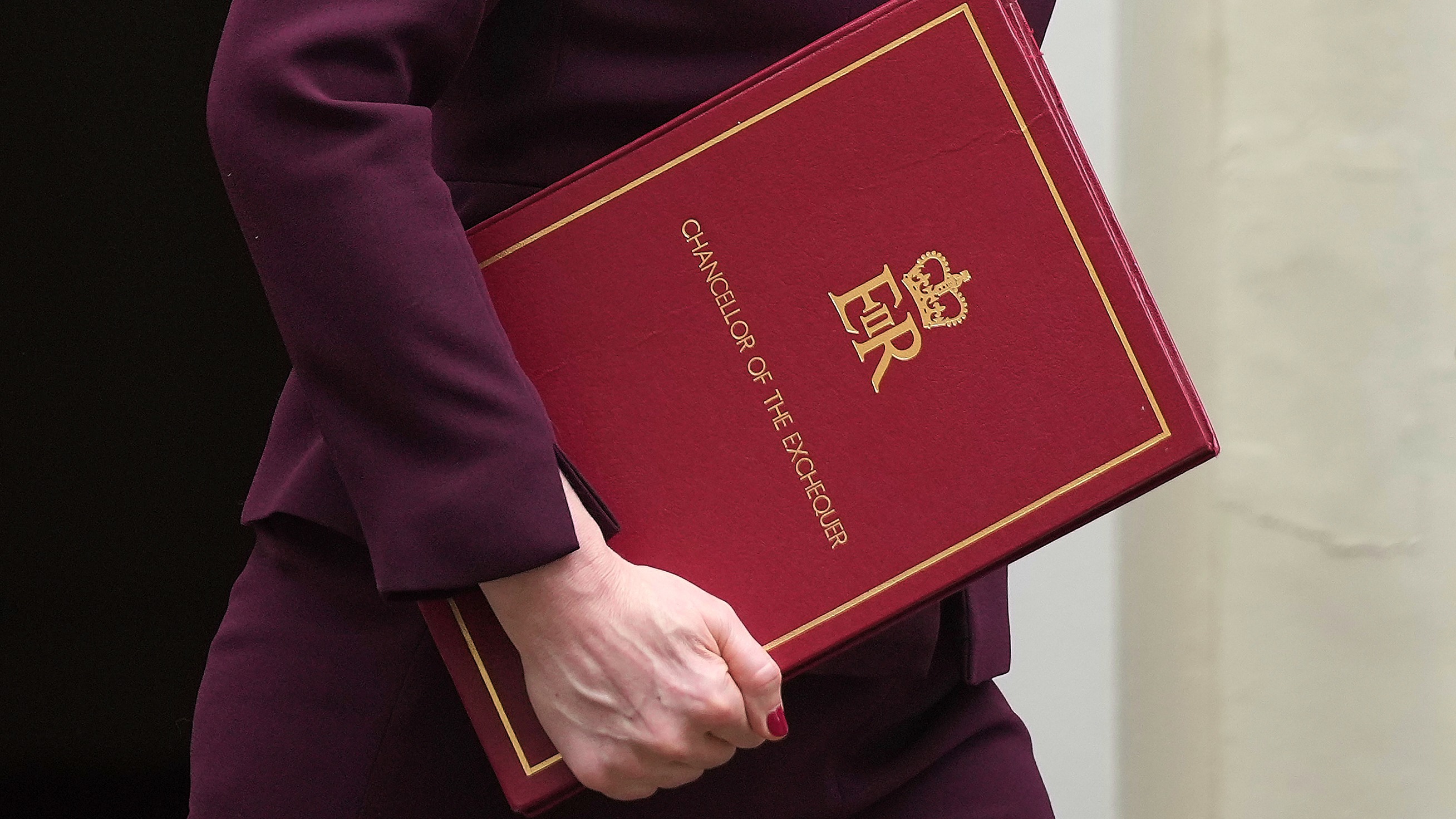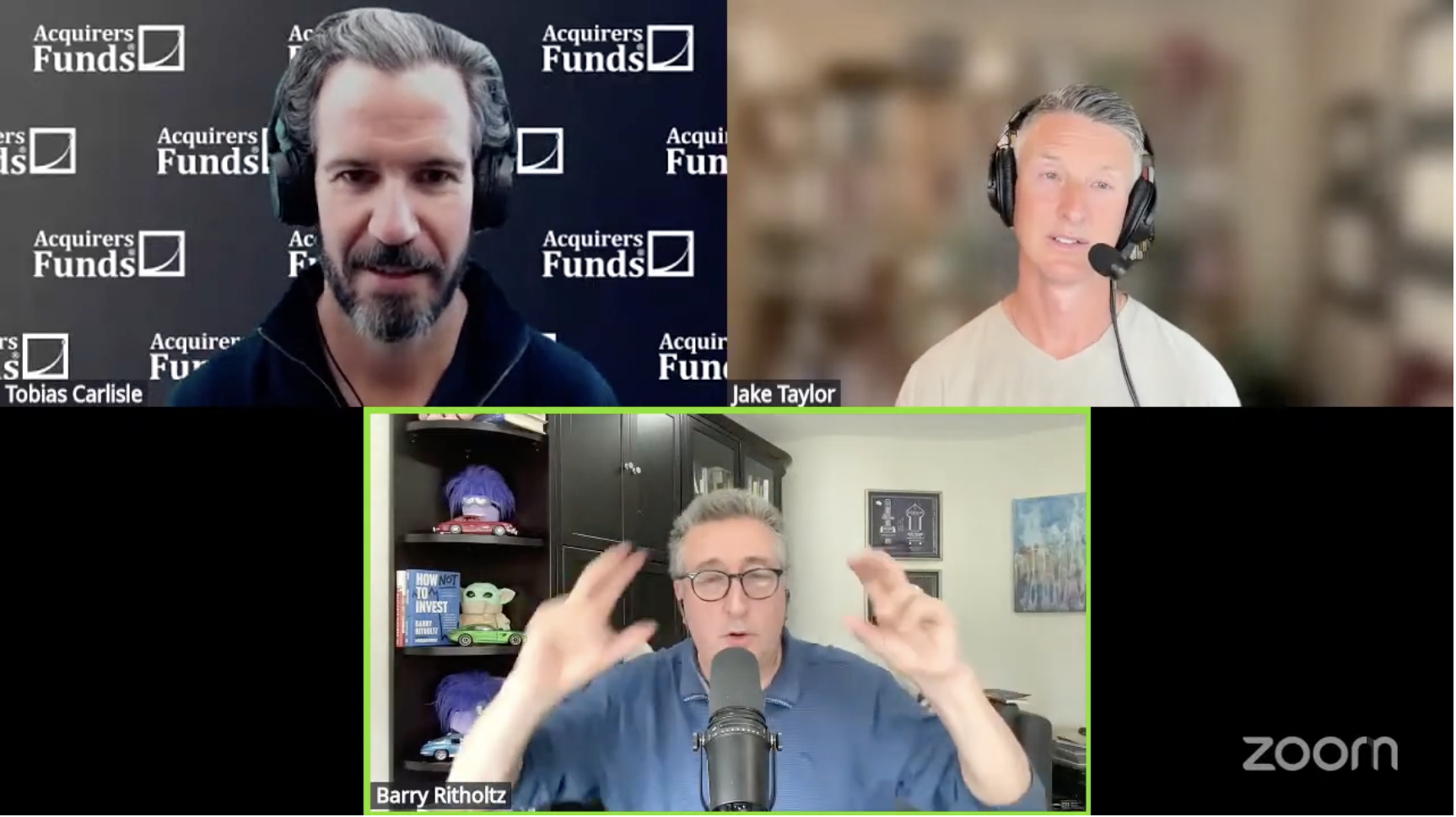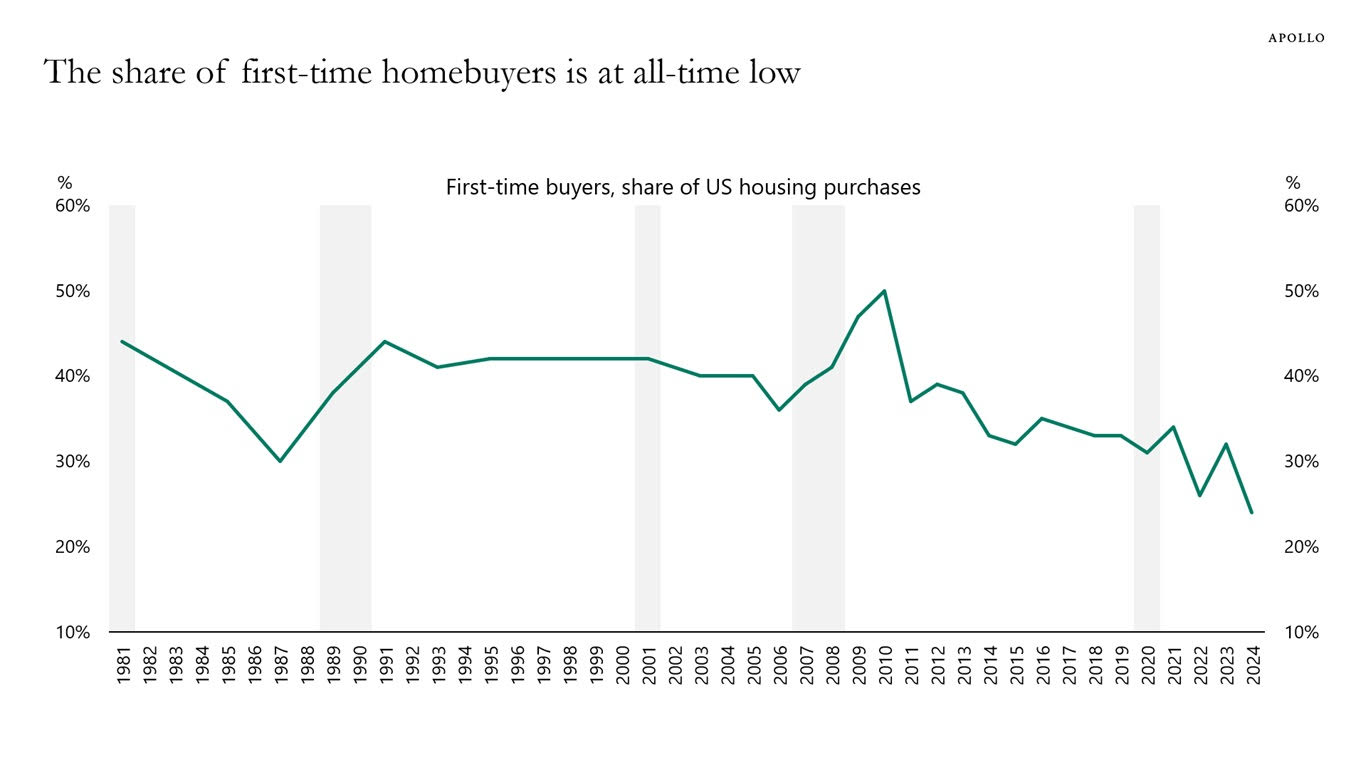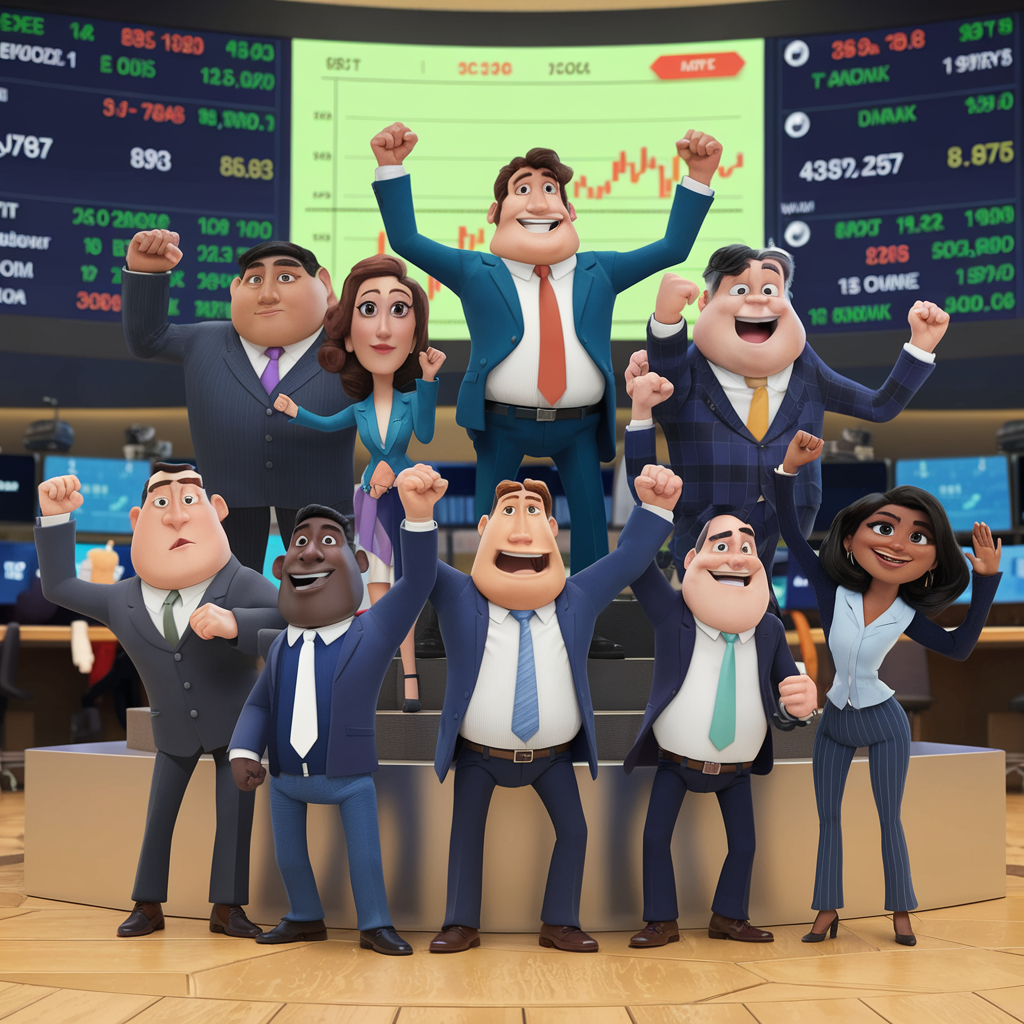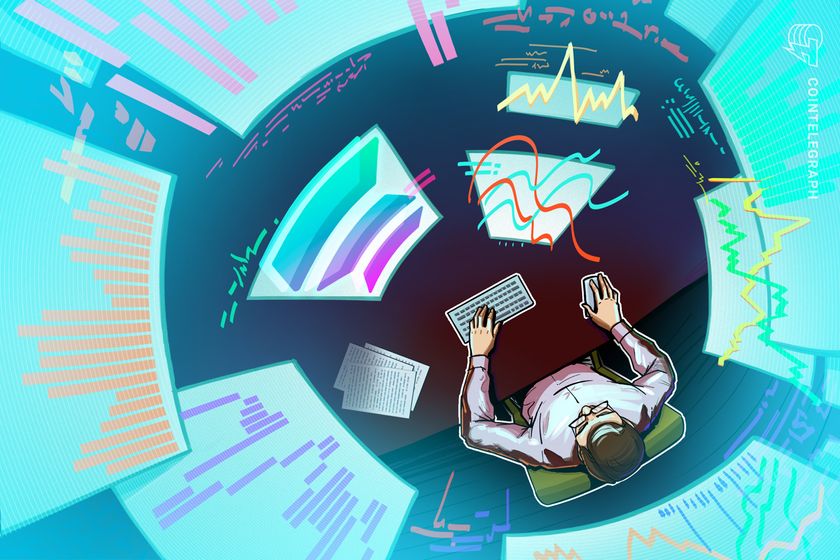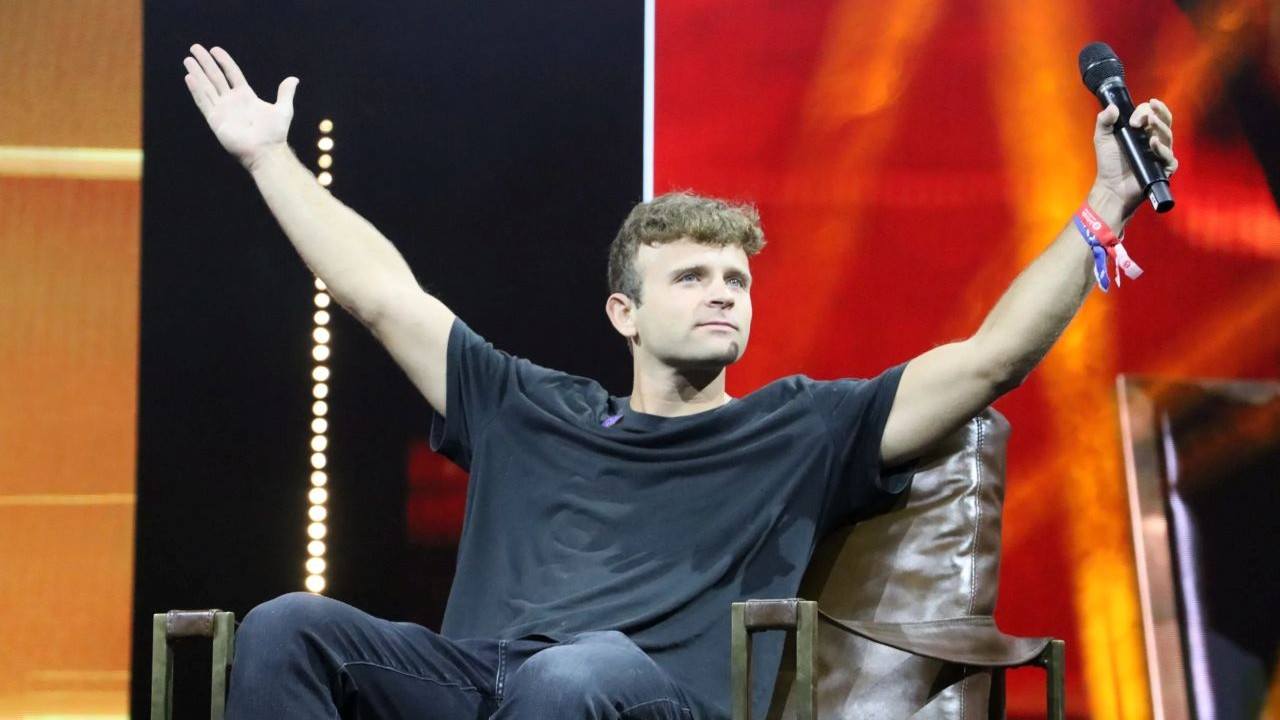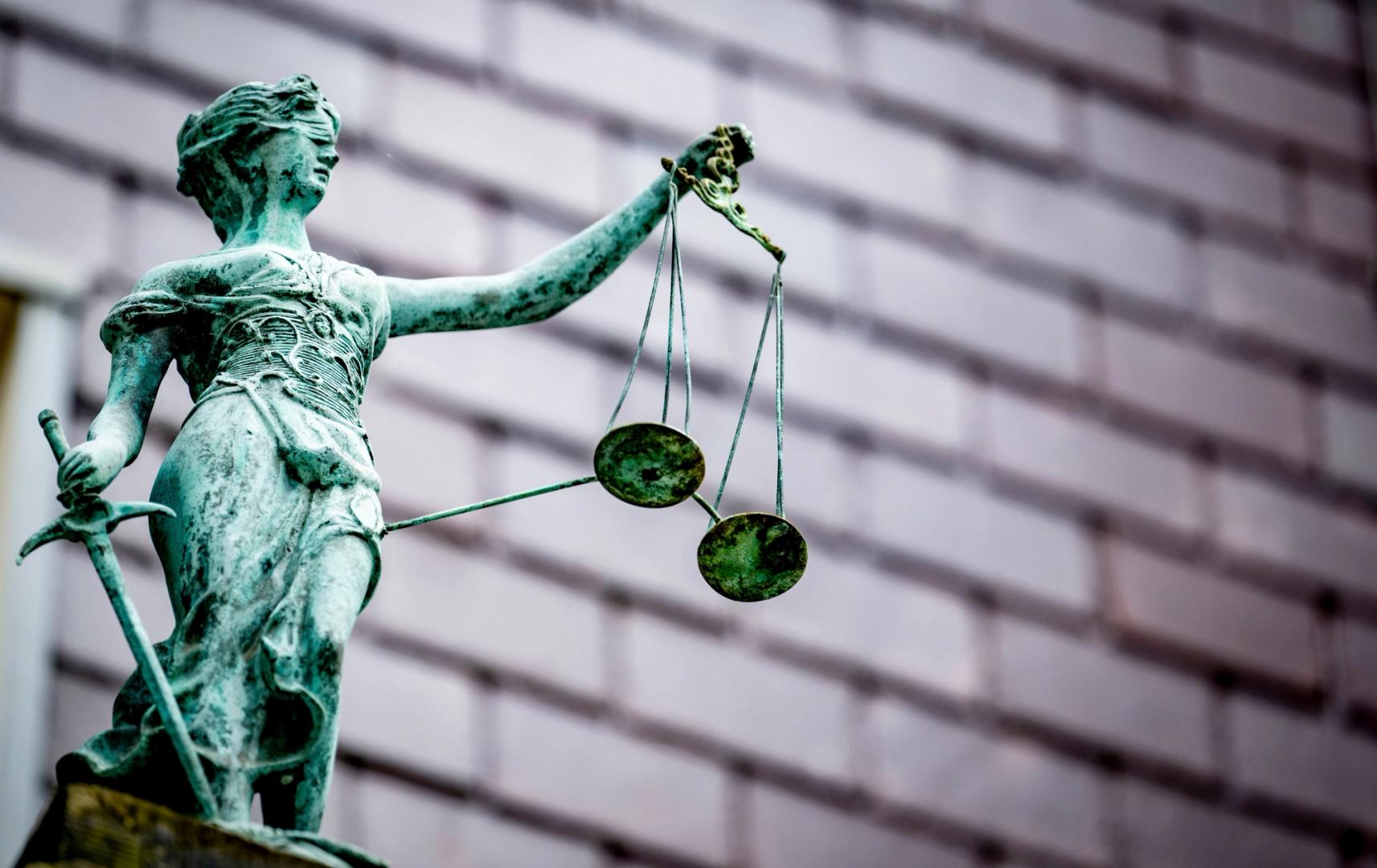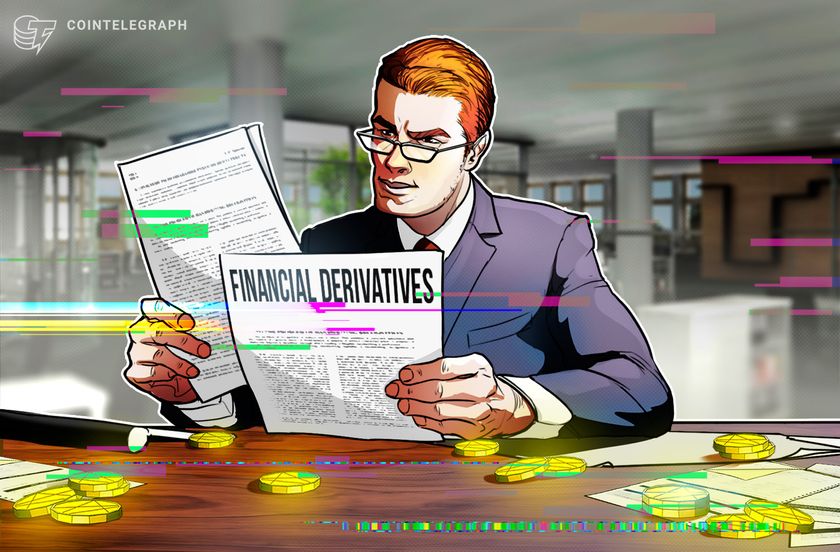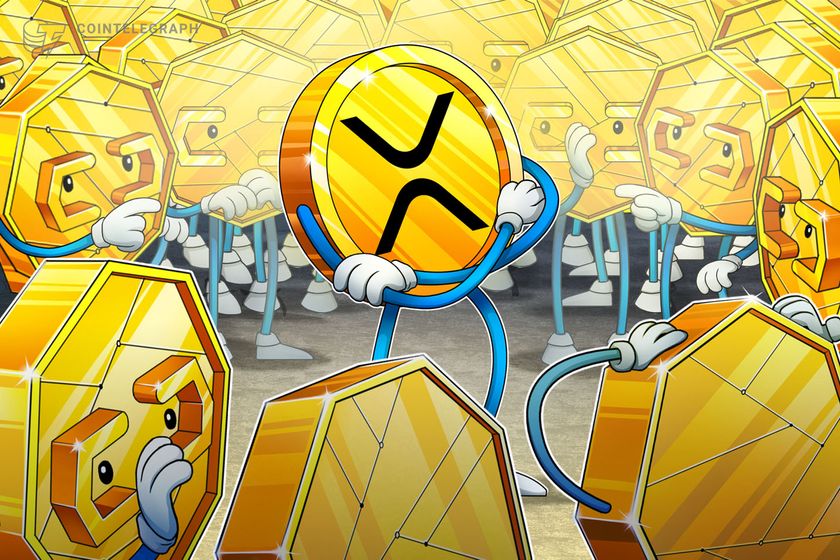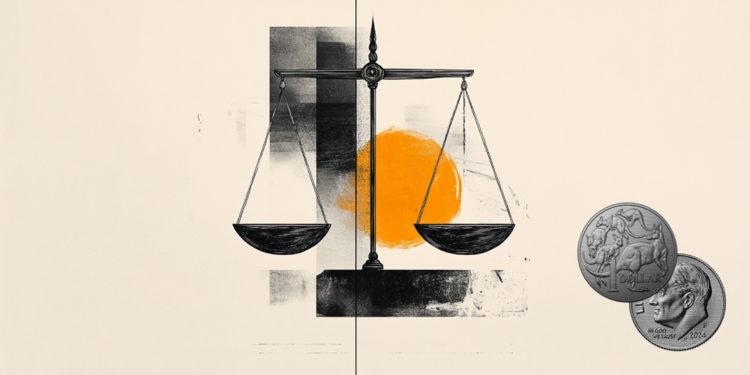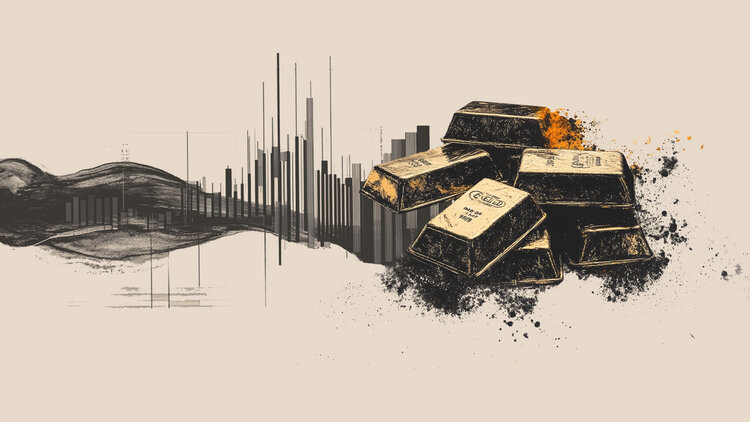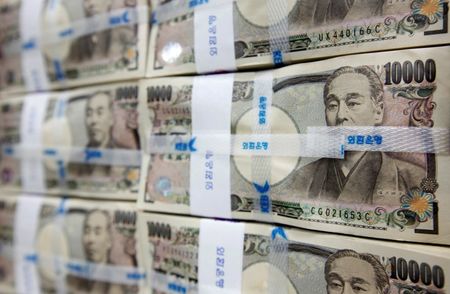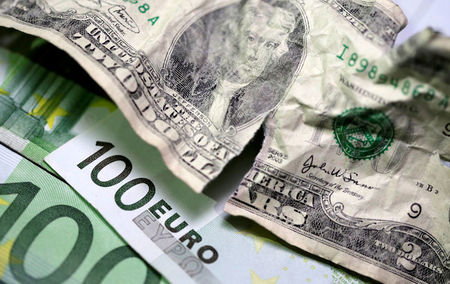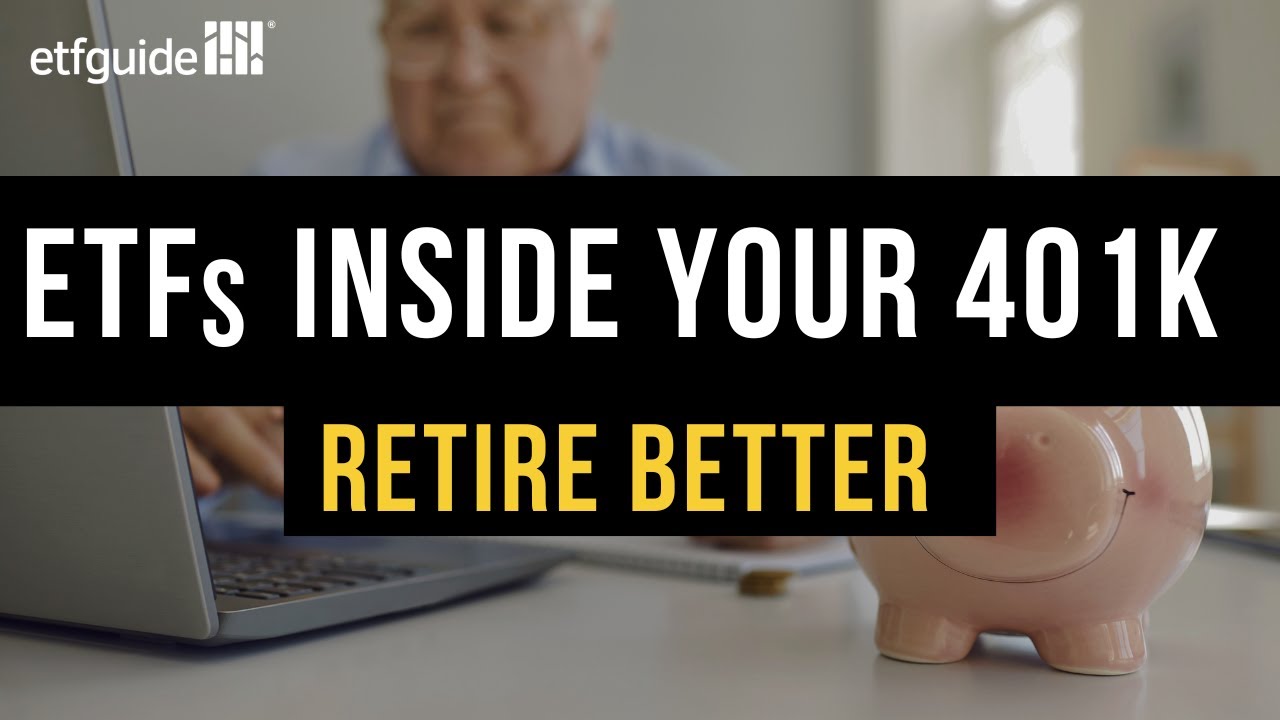Elon Musk’s robotaxi could be Tesla’s final all-new EV: ‘The reality is, in the future, most people are not going to buy cars’
Tesla execs said new cars launching this year will just be more affordable derivatives of existing cars, dashing investor hopes for all-new models.

- Tesla execs said new cars launching this year will just be more affordable derivatives of existing cars. Instead, the company is focusing on next year’s launch of the Cybercab, a vehicle without a steering wheel or pedals that will be built in the millions for autonomous ride-hailing fleets. Musk believes it will be his company’s next killer product after the Model Y, before pivoting to humanoid robots.
Tesla shareholders banking on the arrival of all-new EV models this quarter are headed for a disappointment as the company pivots away from selling cars to consumers in favor of AI and robotics.
This time last year, CEO Elon Musk restored flagging investor confidence by claiming Tesla had fast-tracked the development of new models that would reignite growth when they launched in the first half of 2025.
On Tuesday, however, the company revealed it might revise this year’s forecast for increased sales, citing uncertainty over global trade, and then confirmed fears its upcoming cars would simply be cheaper derivatives of its existing lineup.
“It’s important to emphasize that, as we’ve said all along, the full utilization of our factories is the primary goal for these new products,” chief engineer Lars Moravy told investors during the Q1 call on Tuesday.
“The models that come out in the next months will be built on our lines and resemble in form and shape the cars we currently make. The key is they’ll be affordable.”
This could mean everything from cheaper fabrics and materials to slower acceleration rates and smaller electric-only ranges.
Musk wasn’t interested in raising the issue at all.
At no time in his opening comments—during which he usually sets the tone and agenda for the call—did he waste any time speaking about the upcoming models slated to hit markets in the coming weeks that he promised this time last year.
‘The reality is, in the future, most people are not going to buy cars’
That’s because Musk believes the auto market fundamentally is on the verge of an inflection point, where household ownership of vehicles is no longer the default.
The vast majority, he believes, will rely on autonomous ride-hailing fleets using products like his upcoming Cybercab to get where they want to go.
“The reality is, in the future, most people are not going to buy cars,” Musk said.
Management was clearer than ever that, moving forward, Tesla would focus on just two products.
Only one of those, the Cybercab, can be considered a car in the loosest sense of the word since the two-seater doesn’t come with manual controls, like a steering wheel, or pedals.
Everything that drains resources and dilutes focus away from Tesla’s robotaxi and Optimus humanoid robot will struggle to receive the green light.
The entrepreneur, who has run the company as CEO since 2008, has never fully replaced a model in Tesla’s history—not even the Model S, which debuted over a dozen years ago.
Instead, Musk has always been deeply skeptical of the car industry’s approach to filling every gap in the product range with cars in every conceivable body style and segment.
When asked at Tesla’s last Investor Day how many different models he would need to achieve 20 million EV sales annually (a goal that has since been scrapped), he suggested no more than 10 would be necessary.
On average, that’s like Mercedes-Benz achieving its entire volume of 2 million cars with just one product.
Tesla’s Cybercab is the Apple iPhone—the legacy car industry is Nokia
On Tuesday, he reiterated his skepticism, comparing the auto industry to Nokia frantically trying to develop new shapes and styles of mobile flip phones while Apple developed the iPhone.
“They kept making flip phones, trying to find another market niche; someone wanted another phone of a different style, different color,” he said. “Nope, they just want one superintelligent phone that can do everything.”
Using this analogy, the Model Y was Tesla’s first iPhone when it launched in 2020, eventually rising to become the bestselling car of any kind worldwide with 1.1 million vehicles delivered to customers last year.
Tesla’s next such iPhone product after the Model Y is the aforementioned Cybercab.
Musk outlined on Tuesday how his Austin factory, utilizing the new “unboxed” production method, will spit out a Cybercab every five seconds. That’s a rate six times as fast as GigaShanghai in China, the most efficient Tesla manufacturing plant, where a Model Y leaves the line every 33 seconds.
After the Cybercab comes Optimus, at which point it’s unclear whether Musk sees any need for anything else since these droids could hit 50% gross margins.
The two-legged robot ought to sell a million units annually by the end of the decade, he told investors, potentially even by 2029. Eventually, the plan is to increase that to 100 million per year.
“We expect to scale Optimus up faster than any product, I think, in history,” he said on Tuesday. “The future of the company is fundamentally based on large-scale autonomous cars and large volume, vast numbers of autonomous humanoid robots.”
Future of Roadster and Robovan in doubt
While the Semi tractor trailer, built in small numbers, should finally go into volume production in 2026 alongside the Cybercab, the future of the second-generation Roadster looks more uncertain than ever, eight years since its unveiling.
Meanwhile, the Robovan concept, unveiled in October at Tesla’s “We, Robot” event, hasn’t even officially been green-lit for development.
As for the upcoming models supposedly landing in the coming weeks, Tesla yet again copied and pasted verbatim the exact same comments it has used for the past three quarters: New vehicles, including more affordable models, remain on track for starting production in the first half of this year.
Just don’t get too excited.
Alongside an entry single-motor Cybertruck and yet another refresh of the decade-plus Model S and X that execs have previously flagged, all that is coming are more affordable versions of the Model 3 and Y that effectively look the same.
“There are always limitations when you’re using existing lines as to how many different form factors [can be made],” finance chief Vaibhav Taneja told investors, using Tesla’s preferred jargon for vehicle body styles. “That’s the way, I would say, you should think about it.”
This story was originally featured on Fortune.com






